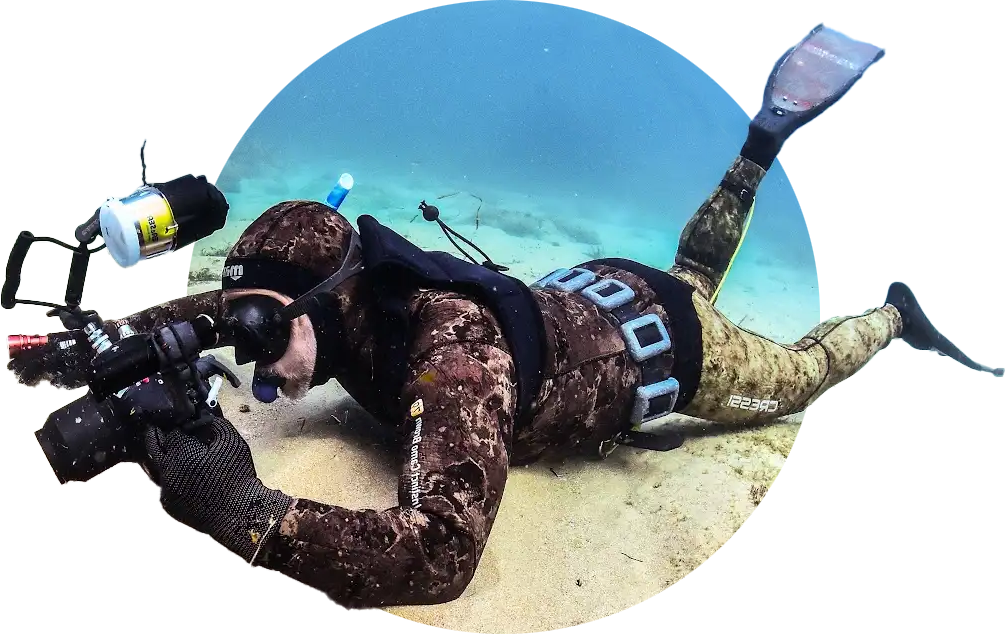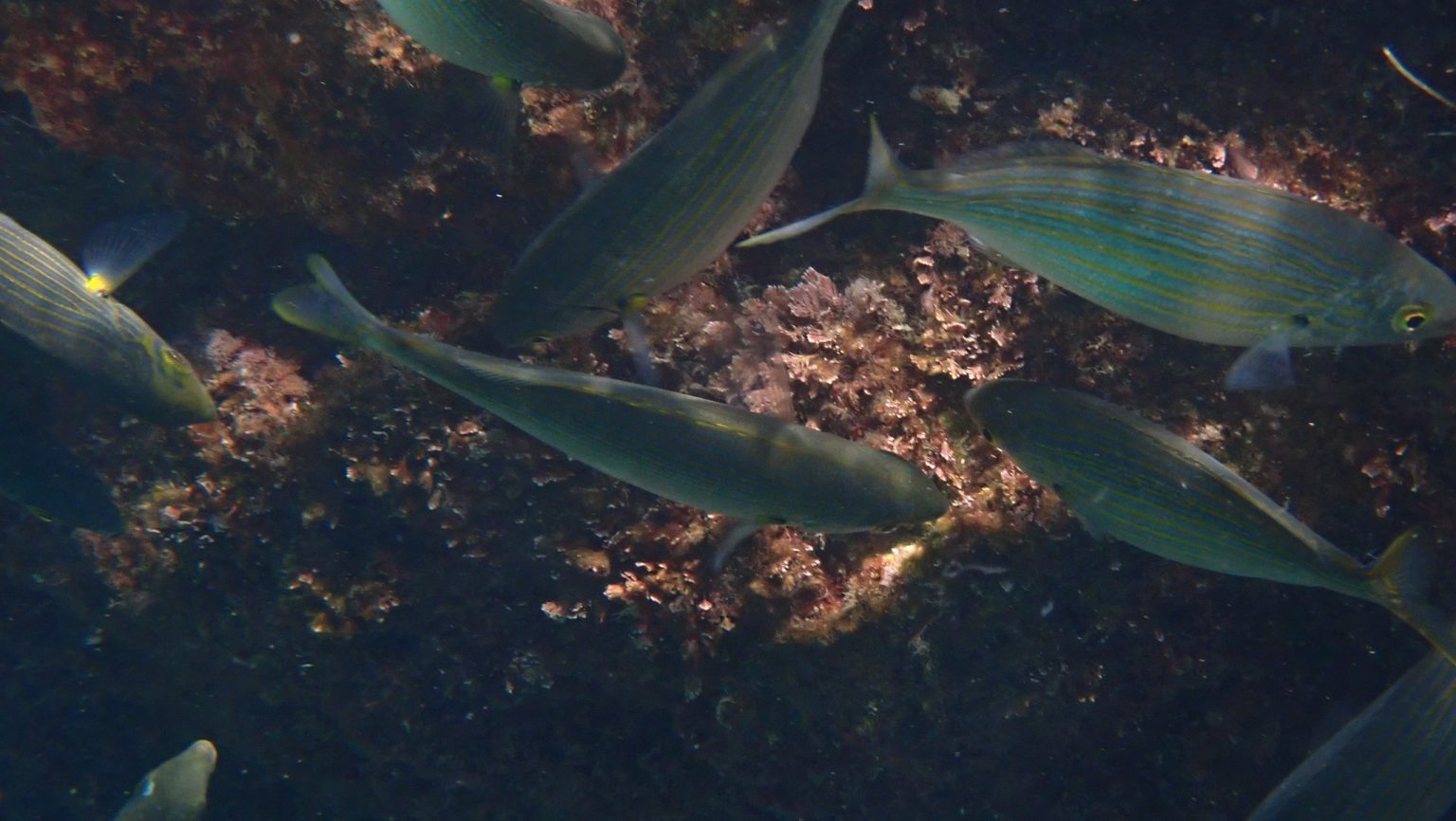There is a great diversity of life in the sea, with a wide variety of species living there from surface waters to the depths. Participating in the BioMARató is an excellent opportunity to gradually learn about everything that is observed. In addition, scientists help you identify all the species that you are not sure about. In this post, we will explore the main groups of marine animals that will allow you to better approximate your observations to the corresponding animal.
Fish (philum Chordata)
Fish are probably the best known animals. This group includes everything from the smallest to the largest sharks. These are divided into two large groups: bony fish and cartilaginous fish (sharks and rays). Each of these has its own characteristics for living underwater. The best way to see these animals is by freediving, as bubbles scare them.
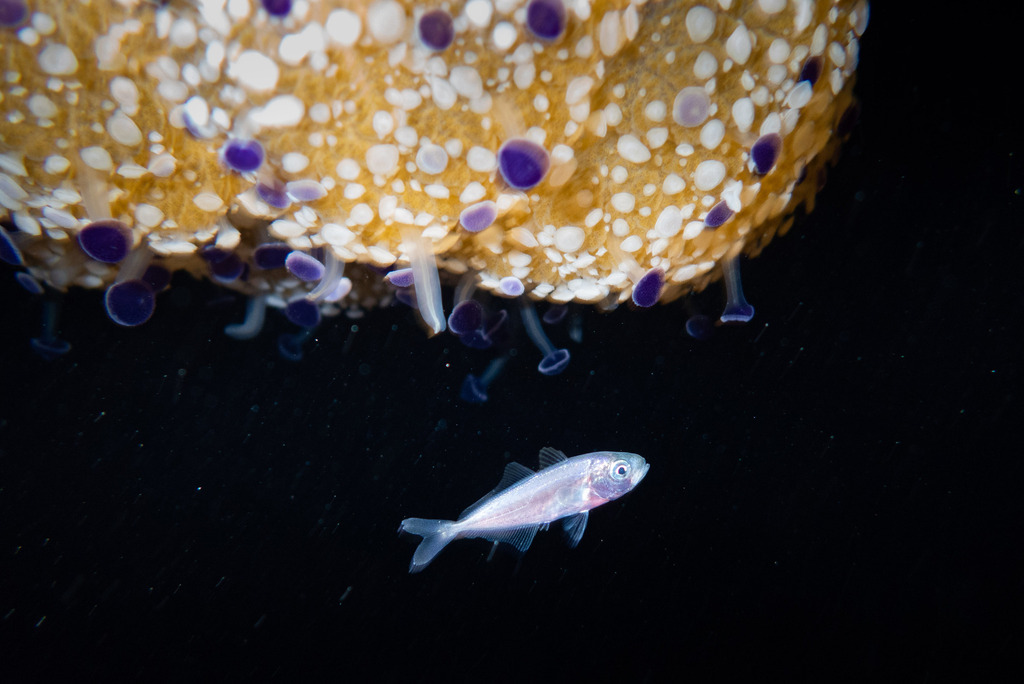
Foto: cocolotus (MINKA)
Echinoderm
This group is fascinating and very diverse. These animals have a calcareous structure that acts as an external skeleton. In this group we can find starfish, sea urchins or sea cucumbers. They have unique characteristics that differentiate them from other groups of marine animals. One of the most distinctive characteristics is their aquifer vascular system, a hydraulic system that they use for locomotion, feeding and breathing. This system is formed by a network of water channels that helps propel the ambulacral feet, structures that act as suction cups. On the other hand, these organisms also have the remarkable ability to regenerate parts of their body. In fact, a starfish can regenerate entire arms.
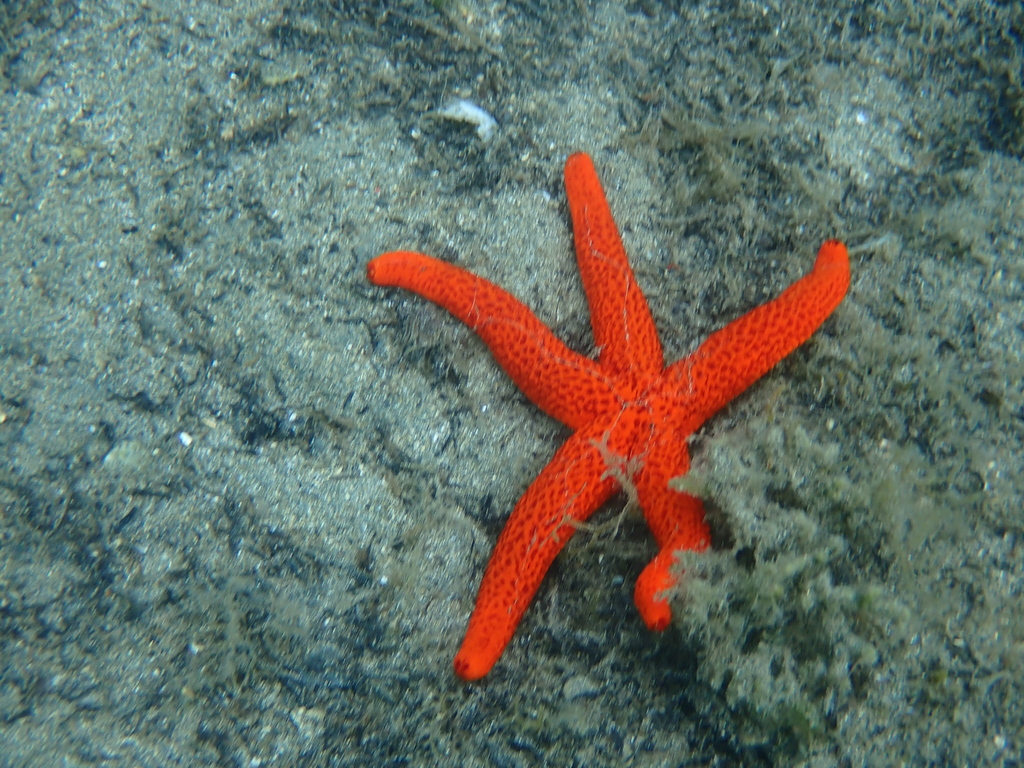
Foto: elibonfill (MINKA)
Briozoo
Bryozoans are small animals, usually marine, that live in colonies composed of many tiny individuals called zooids. Each zooid is a complete organism. This group usually attaches to hard surfaces such as rocks, algae, shells or corals, forming colonies that are often confused with algae or other groups.
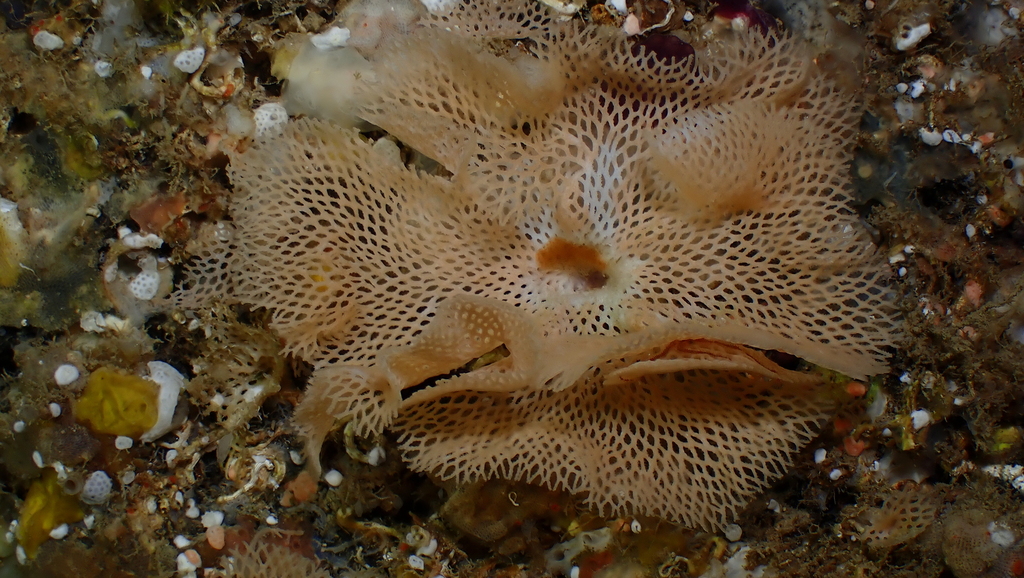
Foto: albertvim (MINKA)
Mollusca
This group has bilateral symmetry, that is, if we pass an imaginary line through the middle, they are practically the same on one side and the other. The group includes squid, cuttlefish, octopus, clams, sea snails or the famous nudibranchs. These animals usually have soft bodies, often protected by hard shells in the case of bivalves and gastropods.
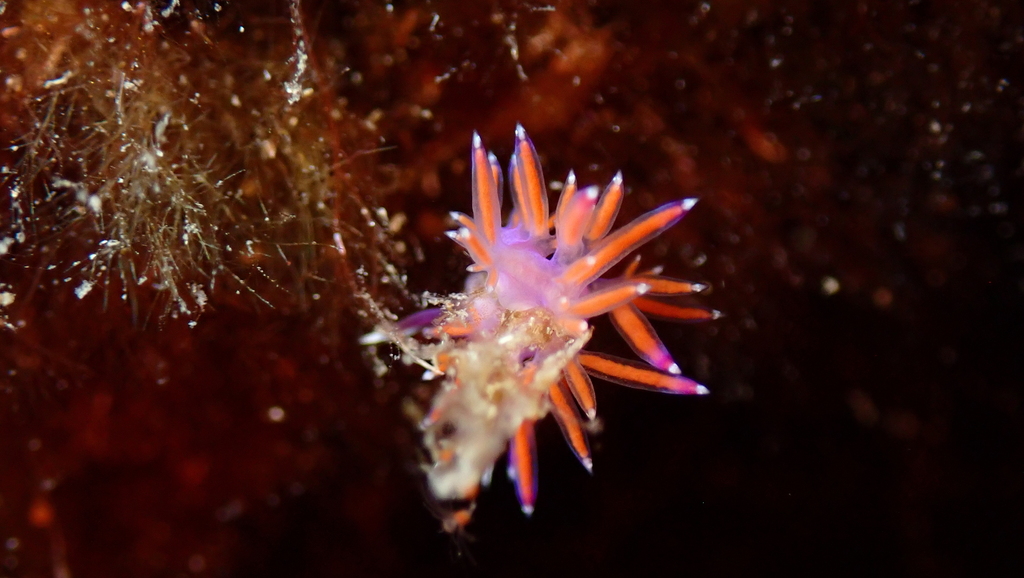
Foto: sergio_zafra (MINKA)
Cnidaria
It is a very diverse group, which includes such well-known organisms as jellyfish, sea anemones, corals and hydras. The name Cnidaria comes from the special stinging cells they have, called cnidocytes, which they use to capture prey and defend themselves. A curiosity of this group is the ability to have two life stages. Many of them have a life cycle that alternates between a polyp stage (sessile and attached to a surface) and a medusa stage (floating and mobile).
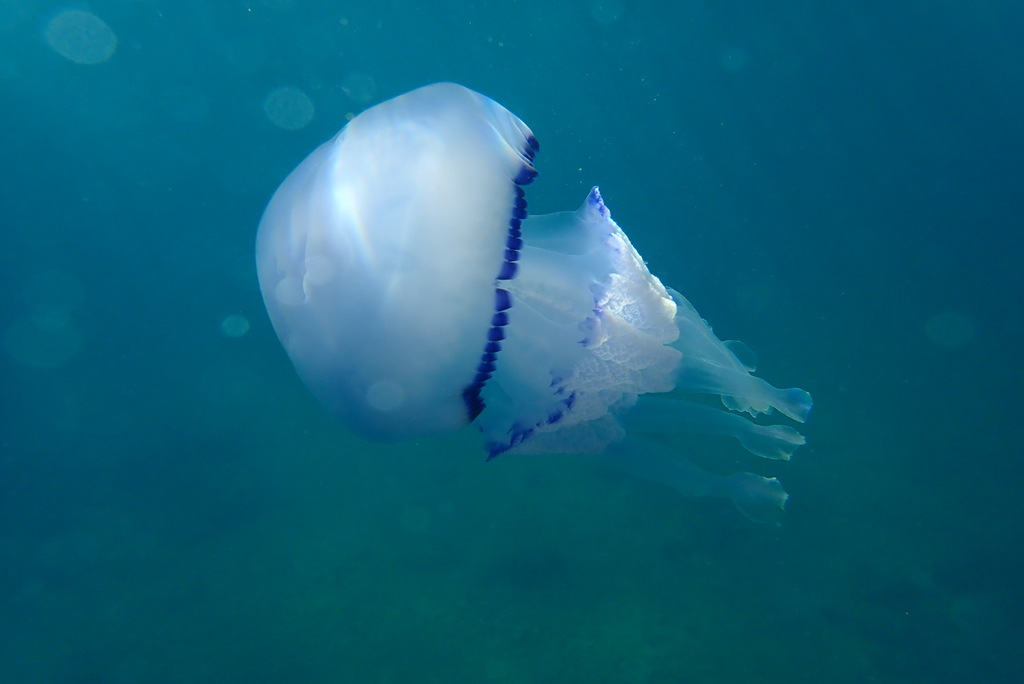
Foto: itziardiving (MINKA)
Porifera
Porifera, also known as sponges, are the oldest and simplest group of multicellular animals. These organisms have their entire bodies full of pores and channels that allow water to pass through, from where they obtain the necessary nutrients and oxygen. This group also has small structures, called spicules, which are made of silica or calcium carbonate, which give them structure and also serve as a defense against predators.
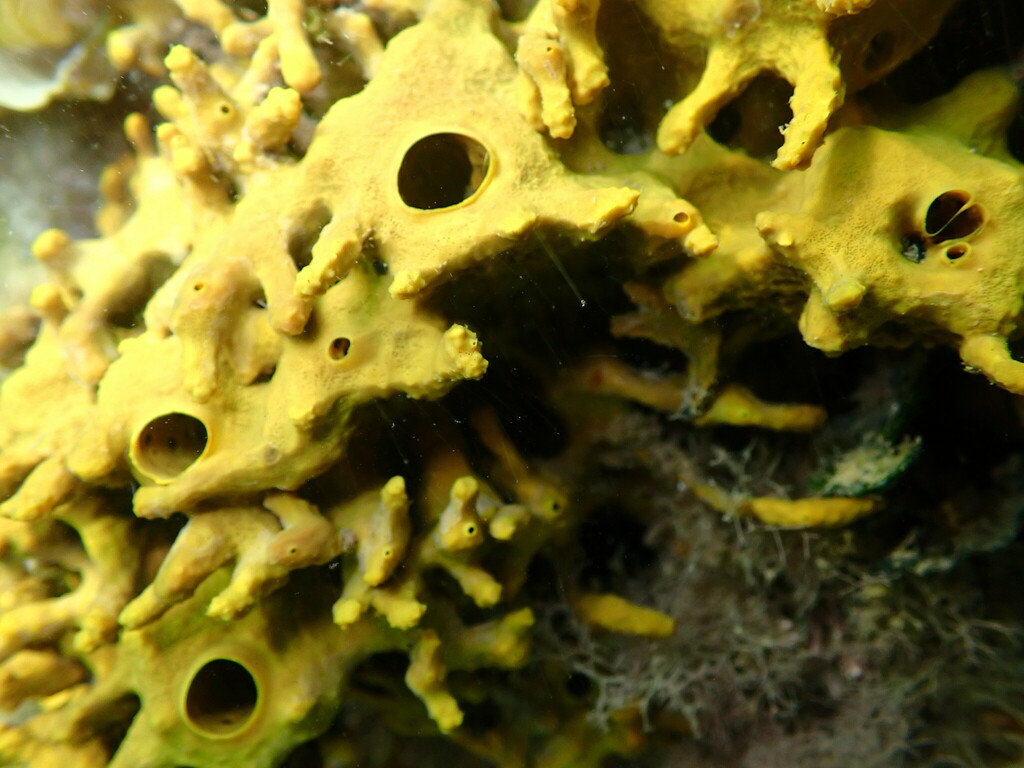
Foto: annacanela (MINKA)
Large marine mammals
Last but not least, we would also like to learn about the large marine mammals, a diverse and fascinating group. Although they are mammals, that is, warm-blooded animals, with hair (or remnants of hair), and that feed their young with milk, they have developed unique adaptations to survive in the marine environment. Whales, for example, have developed baleen that allows them to filter small organisms such as kill or plankton.
However, their main characteristic is their intelligence and the ability to communicate through complex sounds. We can find a large group such as: whales, dolphins, dugong, sea cow, seals, sea lions, walruses, sea otters, etc. Mostly, they all have a hydrodynamic body and powerful caudal fins to be able to swim quickly. They all need to reach the surface to breathe air, since they have lungs and not gills like fish.
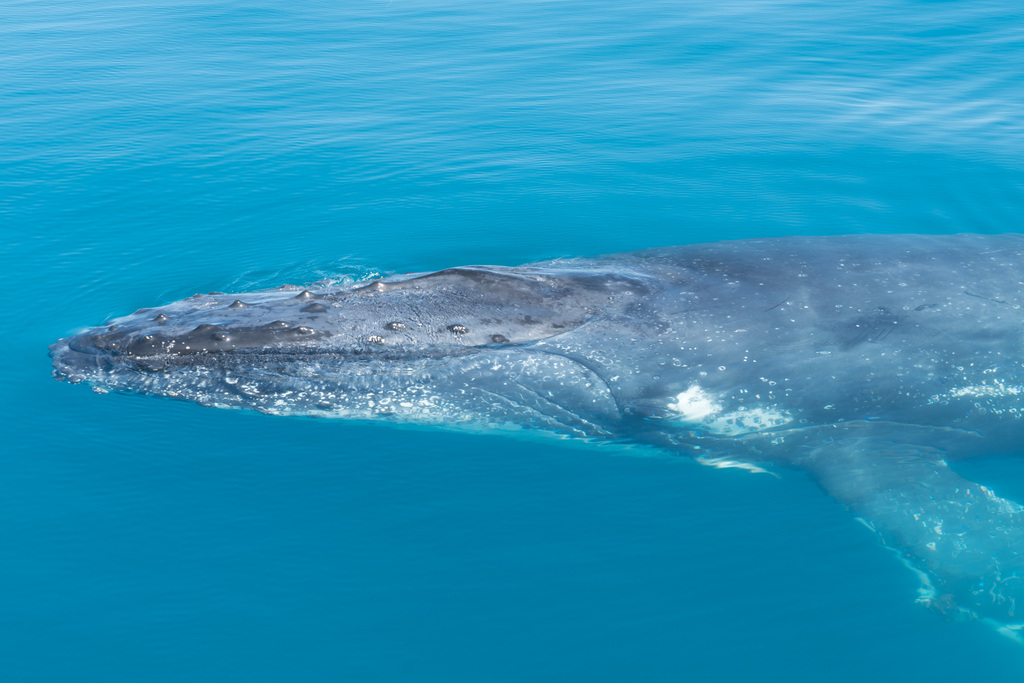
Foto: bernat (MINKA)
These groups represent the best-known organisms, but there are also others that are equally fascinating, such as annelids, nematodes and arthropods. All of them contribute to the diversity of marine ecosystems.
Thanks to advances in genetic technologies and molecular biology, research centers are constantly discovering new species and reclassifying others, allowing the tree of marine life to expand and change continuously. This publication offers a brief summary of the best-known groups to help better understand marine biodiversity, but the truth is that our knowledge of the marine world is constantly evolving.
BioMARathon is not only an opportunity to participate in citizen science, but also a way to get involved in the discovery and documentation of species, both known and those yet to be discovered.
Author: Judith Camps Castella (Plàncton, Divulgació i Serveis Marins).

